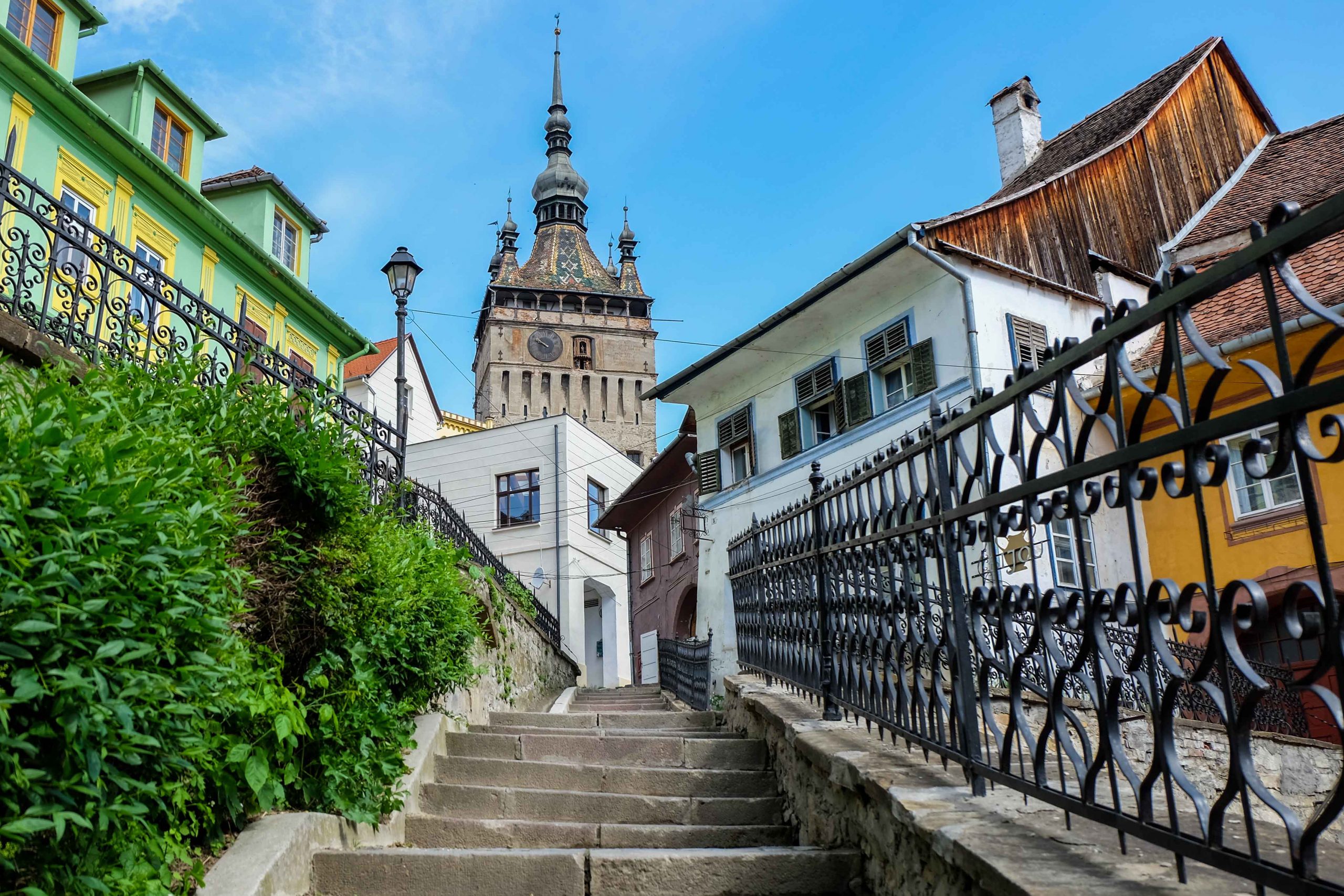
Plan a medieval travel with 4 main fortresses
You can discover various medieval destinations in Romania, as long as you take the time to visit unique places, full of historical, religious or cultural significance. The monasteries, the hiking routes in the mountains and old fortresses are some of the most visited Romanian places at the moment.
The green sceneries and traditional delicacies are the main advantages of visiting the Romanian countryside. Those who are passionate about culture, history and the architecture of past centuries can venture into discovering the most fascinating Romanian fortresses. Some fortresses impress through their geographical location, others by their architecture and some fortresses are very old and the source of many local legends. If you decide to visit medieval destinations in Romania, here are some of the most beautiful and fascinating fortresses you should see:
Rasnov Fortress
A unique fortress due to its geographical location and its history is Rasnov Fortress in Brasov. It was built somewhere between 1300 and 1400 as a fortress against Tatars invasions. It’s a simple, medieval construction, but it’s very well preserved. At first, it was called Peasant Fortress, but over the centuries, it was known under many different names: Rosnou, Rosinov, Rosarium and finally Rasnov.
The fortresses’ walls hide a beautiful interior court, with narrow stone streets, winding around peasant houses. In the court’s interior, you can visit the old tower and a fountain that is 150 m deep. 150 m high steep slopes around the castle stimulate the imagination of many photographers. In fact, Rasnov fortress served even as a movie set for Romanian director Sergiu Nicolaescu. The fortress is open for visitors throughout the year.
Poenari Fortress
If you’re planning on visiting medieval destinations, you can’t miss the old Poenari Fortress, located on the Cetatuia Peak. The fortress is only 4 km away from Vidraru barrage, at 850 m altitude. In order to reach it, tourists need to climb 1480 winding stairs, through a beech forest. One can say that this route offers a dose of adrenaline and mystery at the same time. The fortress relies on steep slopes, which only accentuate the beauty of the medieval walls.
Poenari Fortress is also historically important for Wallachia. Old documents say that it was reconditioned around 1500, by Vlad Tepes’ orders. Legends say that the Romanian ruler used the fortress as a punishment for noblemen who betrayed him, making them work on the walls until their clothes torn off.
Locals knew the fortress under the name Lady’s River. Local legends say that the first wife of Vlad Tepes, named Elisabeta, throw herself in the Arges river from the fortress’ walls when Turks surrounded the area. She supposedly said she preferred to be eaten by the fish in the river rather than being taken as a slave by Turks. Her body was smashed against the rocks and it is said that even to this day one can see traces of blood in the place where she died.
Poenari Fortress is also open for visitors throughout the year.
Sighisoara Fortress
You can’t say you visited medieval locations if you didn’t see Sighisoara Fortress. The town looks more like a museum and it’s the home of various nationalities. The fortress is located in Mures County and it dominates the local scenery due to its location and impressive architecture. Sighisoara Fortress is one of the most beautiful locations in Transylvania, and it was build during Middle Ages. It’s the only Medieval Fortress inhabited to this day.
From the entire complex, tourists can visit the defense wall, 9 out of 14 towers and 2 out of 5 strongholds. Each tower has its own story: The Tower Clock (the symbol of the town), the Blacksmith Tower (which used to shelter the Monastery Church), the Ropers Tower (where the cemetery guard used to live), the Butchers Tower, the Furriers Tower, the Tailors Tower (with the secondary entrance of the fortress), the Shoemakers Tower (with the observation tower), the Pewter Tower and the Tanners Tower.
In the Sighisoara Fortress tourists can also visit Vlad Dracul’s house (Vlad Tepes’ father and the son of Mircea the Old), the Church in the Hill (in gothic style), the House with Deer, the Venetian House, and the covered stairs, with 175 steps preserved to this day. In each summer, Sighisoara Fortress is hosting a Medieval Fesival.
Neamt Fortress
If you’re planning on visiting the Moldavia area, you have to see the Neamt Fortress. The magnificent fortress can be seen from the street and you can admire a breathtaking view from its walls. The fortress is reached by foot, on a forest road. It was one of the key-defense places for the army of Stefan the Great.
Other Medieval fortresses
Medias Fortress – you can visit the Bells Tower, the Tailors Tower, Mary’s Tower, the Ropemaker Tower and the School Tower.
Alba Iulia Fortress – with various frescoes, statues and 6 preserved gates.
Aiud Fortress – with 9 interesting towers: the Gate Tower, the Potters Tower, the Butchers Tower, The Shoemakers Tower, the Furriers Tower, the Tailors Tower, the Coopers Tower, Kalendas Tower and the Locksmit-Blacksmiths Tower.
If you want to go on a Medieval adventure and visit some interesting destinations, than Romania has a lot to offer. Many fortresses are very well preserved, and in the countryside you can also visit old mansions or rural houses. We recommend you the Medieval Transylvania Tour, as short 2 days tour, or you can create your own travel itinerary and book a private tour, with guide, transportation and accommodation, so that you can explore all the Medieval locations that you would like to visit.


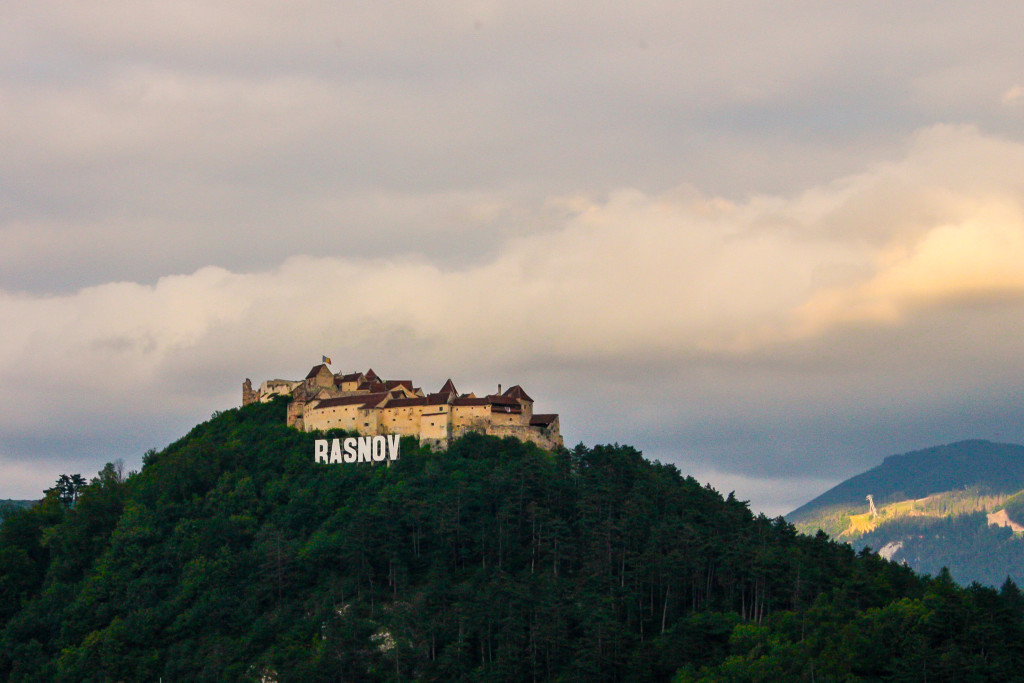
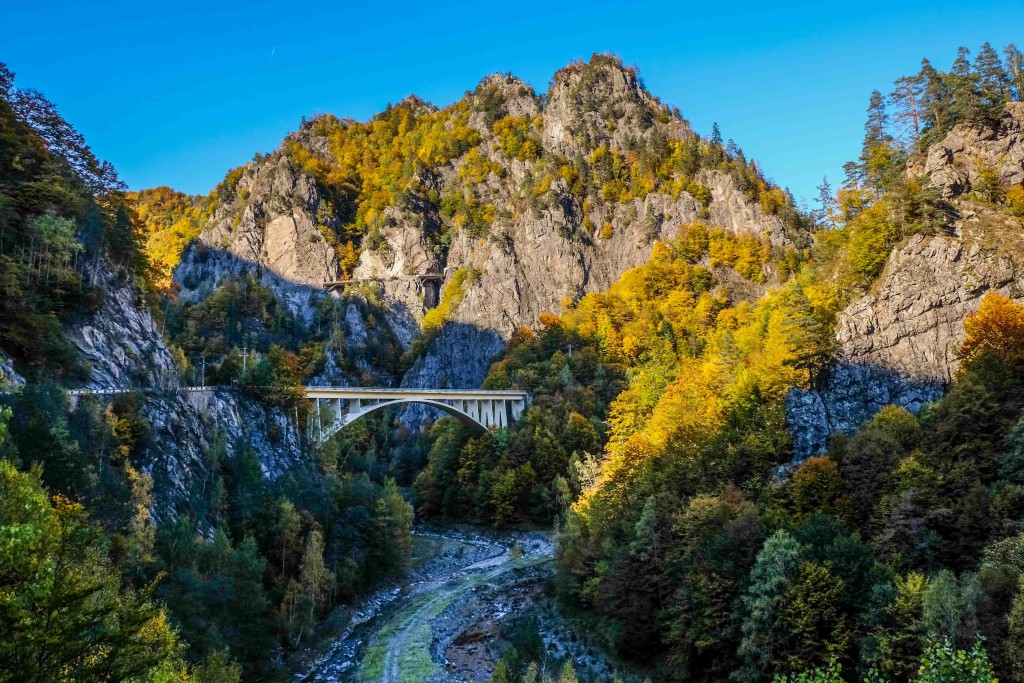


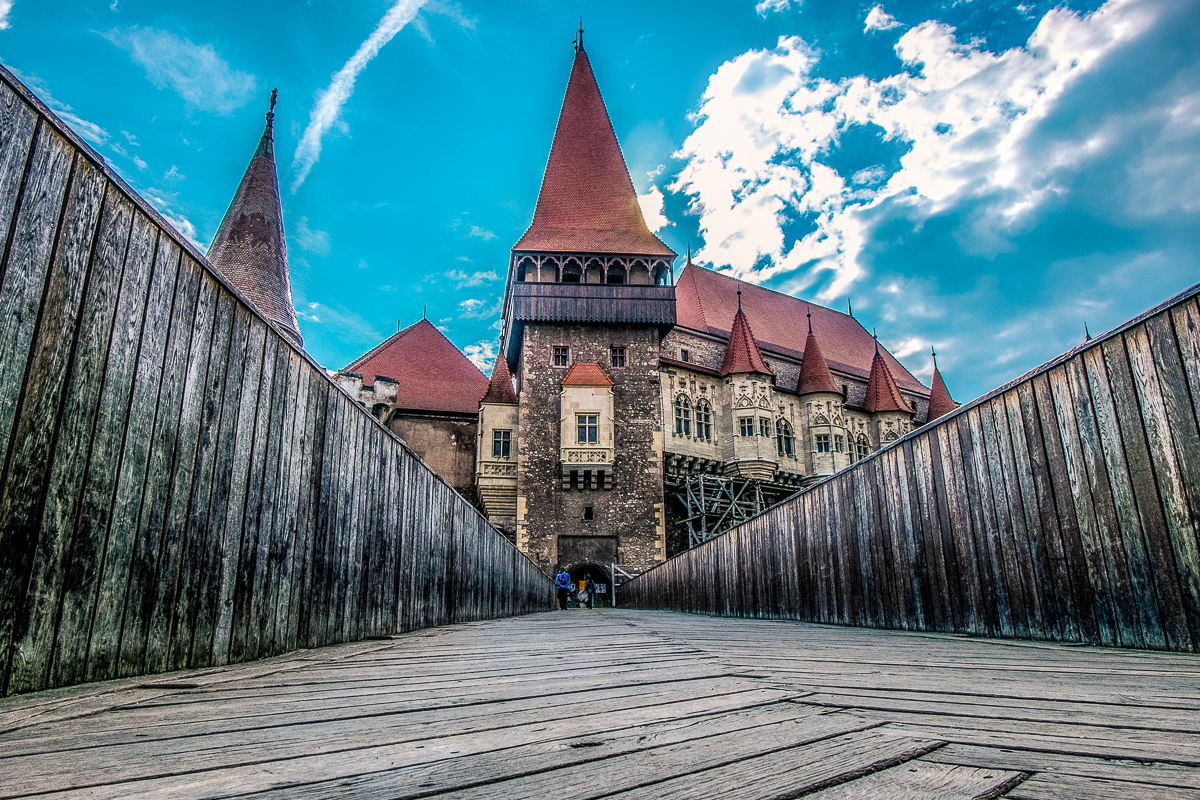
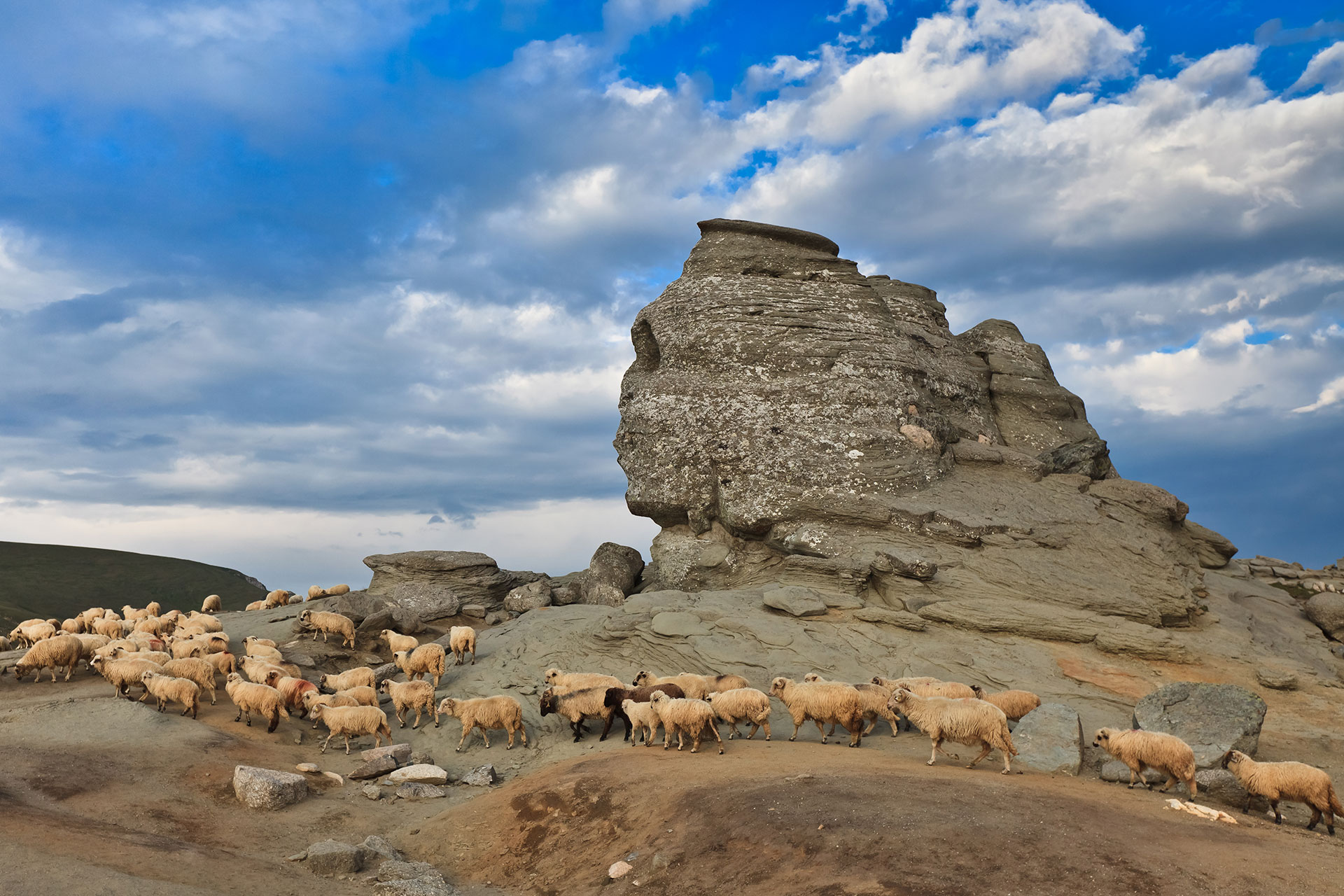
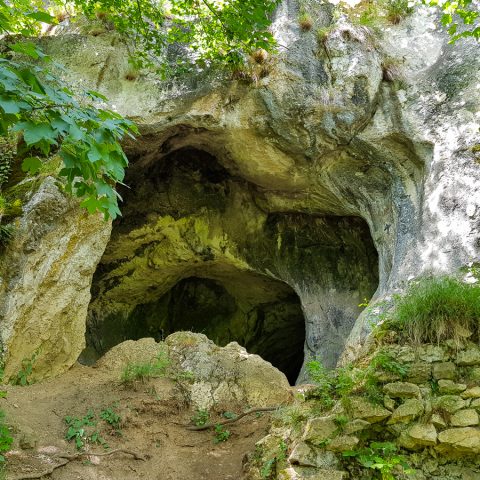
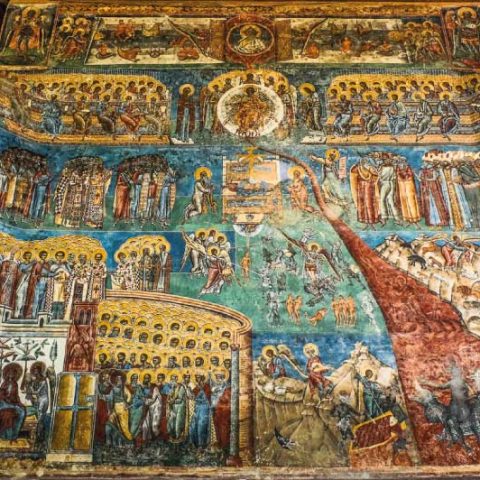












Leave a Reply